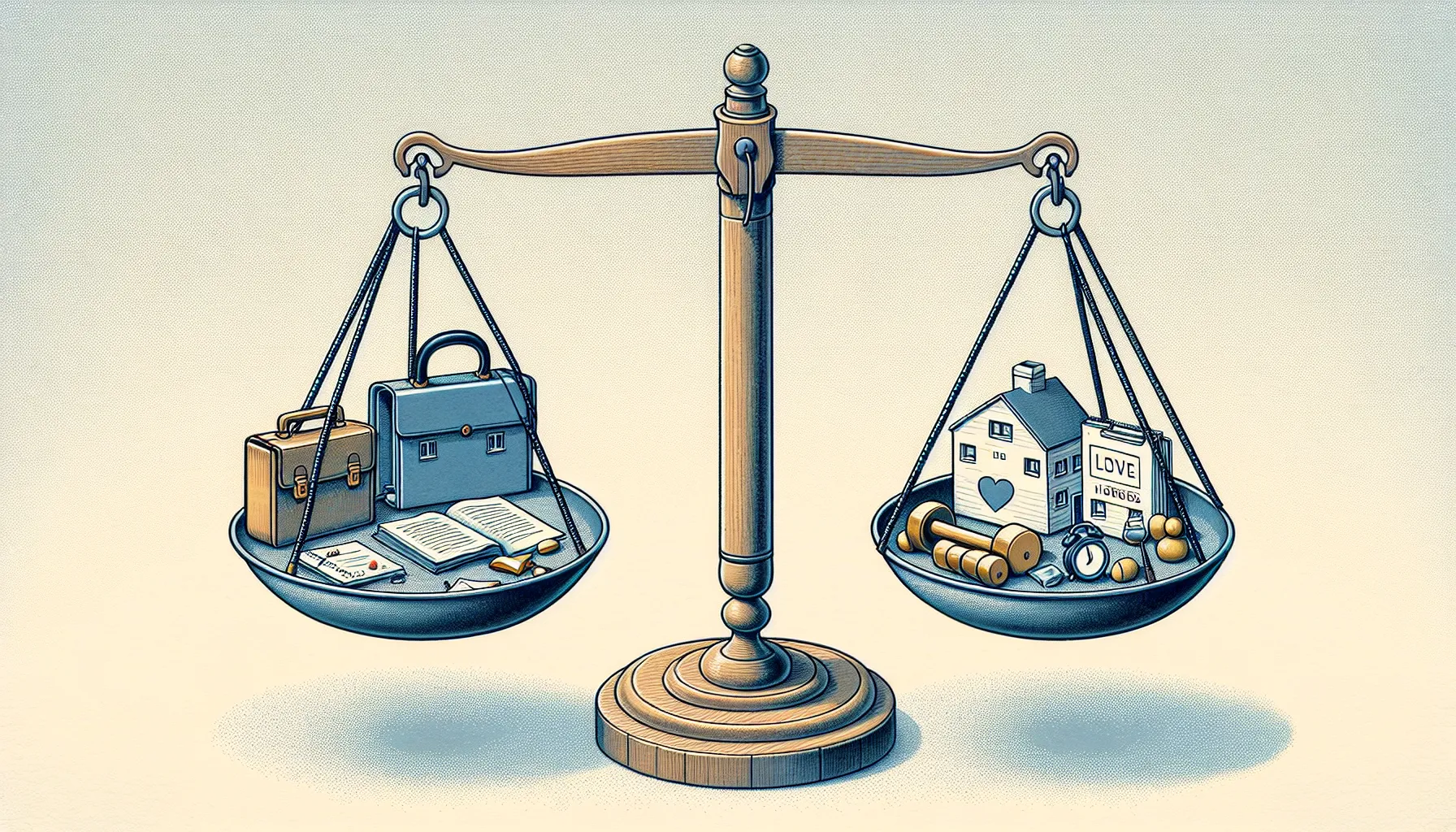How Do You Maximize Storage in a Small Living Space?
Maximizing storage in a small living space is both an art and a science, as revealed by the Founder who advocates for adopting a minimalist lifestyle. Alongside expert advice, we’ve gathered additional space-saving tips from various contributors, offering a range of creative solutions. From ceiling-high shelving to the clever use of over-the-door organizers, discover six practical ways to enhance your living space.
- Adopt a Minimalist Lifestyle
- Install Ceiling-High Shelving
- Utilize Under-Bed Rolling Drawers
- Choose Wall-Mounted Fold-Down Furniture
- Hang Pots on Overhead Racks
- Use Over-the-Door Organizers
Adopt a Minimalist Lifestyle
Perhaps the most impactful change I made was adopting a minimalist approach. Regularly decluttering and getting rid of items that I no longer need or use helps to keep the space manageable. By focusing on keeping only the essentials, I reduce the amount of storage required and create a more open and airy living environment.
For the things I cannot declutter or need on a regular basis, I have found that vacuum-sealing textiles and organizing them in boxes is a great method.
Vacuum-sealing textiles such as bedding, bed sheets, and other fabric items is an incredibly effective storage method. It significantly reduces their volume, making it ideal for bulky items like comforters and pillows. By compressing these items, you can fit multiple sets of bedding into a single storage container, saving valuable closet or under-bed space. Additionally, vacuum-sealing protects your textiles from dust, moisture, and pests, ensuring they remain fresh and clean until needed.
Small items and bits and bobs, in particular, can be organized very well in boxes. It has helped me a lot to organize items in the drawer in individual boxes and to divide the drawer in some way. This gives you more space for other items that would otherwise not fit in the chest of drawers or cupboards.
I have outsourced items that I need irregularly, such as seasonal ski equipment, Christmas decorations, or other sports accessories. I’ve done the same with things that I simply have to store permanently, which are mainly folders. This has created valuable space in my own small apartment.
 Marlon Steele
Marlon Steele
Founder, on.storage GmbH
Install Ceiling-High Shelving
In small living areas, maximizing vertical space is essential, and installing ceiling-high shelving units can achieve this. By reaching up towards the ceiling, you make use of the often-overlooked space found above standard furniture. These shelves provide an excellent place to keep books, decor, and other items that aren’t needed on a daily basis.
This solution helps to keep the living area uncluttered and open, while still ensuring that all belongings have a place. Consider incorporating tall shelving in your space to neatly store away your treasures.
Utilize Under-Bed Rolling Drawers
Finding innovative storage solutions means utilizing every nook and cranny, and rolling drawer containers that fit under beds are a prime example. These drawers are easily accessible and can be used to store clothing, linens, or off-season items. By utilizing the empty space beneath beds, these containers help free up closet space and keep lesser-used items out of sight.
This option is not just about adding space but also about creating a more orderly and serene bedroom environment. Start taking advantage of that unused space under your bed today!
Choose Wall-Mounted Fold-Down Furniture
Furniture that can be tucked away when not in use is a game-changer in a small living space, and wall-mounted fold-down tables and desks exemplify this. These adjustable pieces can be folded against the wall to free up floor space, making them ideal for compact areas. They provide a work surface when needed and can easily be stored away to allow for other activities.
This multipurpose solution is perfect for those who need a workspace but also value the flexibility of their living area. Consider this type of furniture to make your space more versatile and adaptable.
Hang Pots on Overhead Racks
In a compact kitchen, optimizing space is key, and hanging pots from a rack is a smart way to free up cabinet and counter space. By suspending cookware overhead, these racks become not only a practical storage solution but also an attractive feature in the kitchen decor. The pots and pans are within easy reach while preparing meals, and this arrangement also helps avoid the clutter that can accumulate in cabinets.
It’s a way to have your most-used kitchen items at your fingertips without sacrificing valuable space. Look up and visualize how a hanging pot rack can transform your kitchen storage.
Use Over-the-Door Organizers
Over-the-door organizers are an ingenious way to maximize storage capacity without encroaching on limited floor space. These organizers can be hung on nearly any door, turning the unused back of a door into a versatile storage area for items ranging from shoes to toiletries. This method keeps belongings organized and out of sight, helping to maintain a tidy and more spacious-feeling room.
It is a simple and inexpensive way to add substantial storage to a restricted area. Explore adding over-the-door organizers to reclaim the unused space behind your doors.
Submit Your Answer
Would you like to submit an alternate answer to the question, “How did you maximize storage in a small living space? Share one space-saving tip or example.”










































